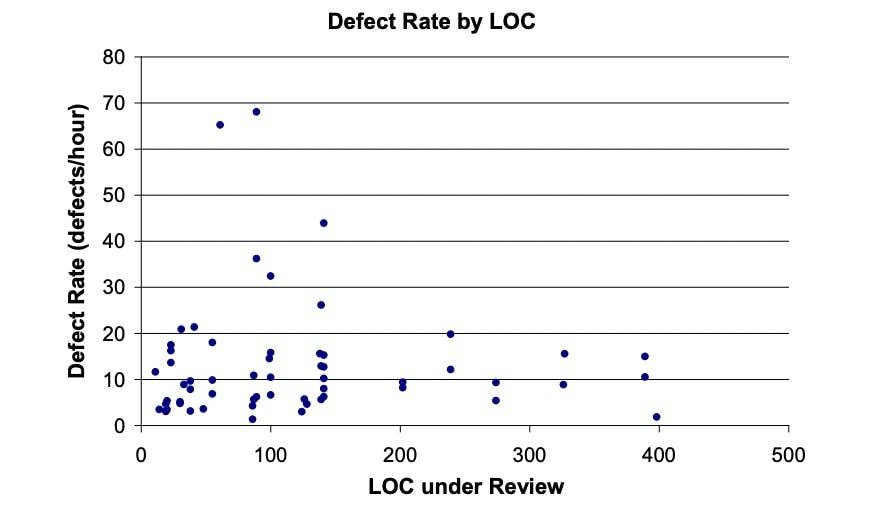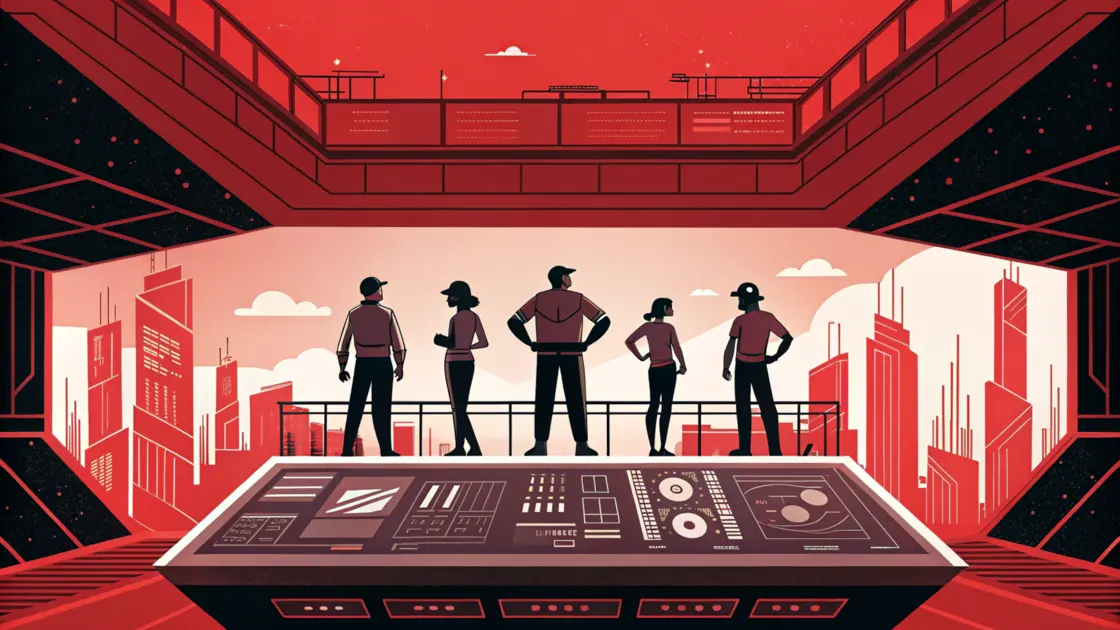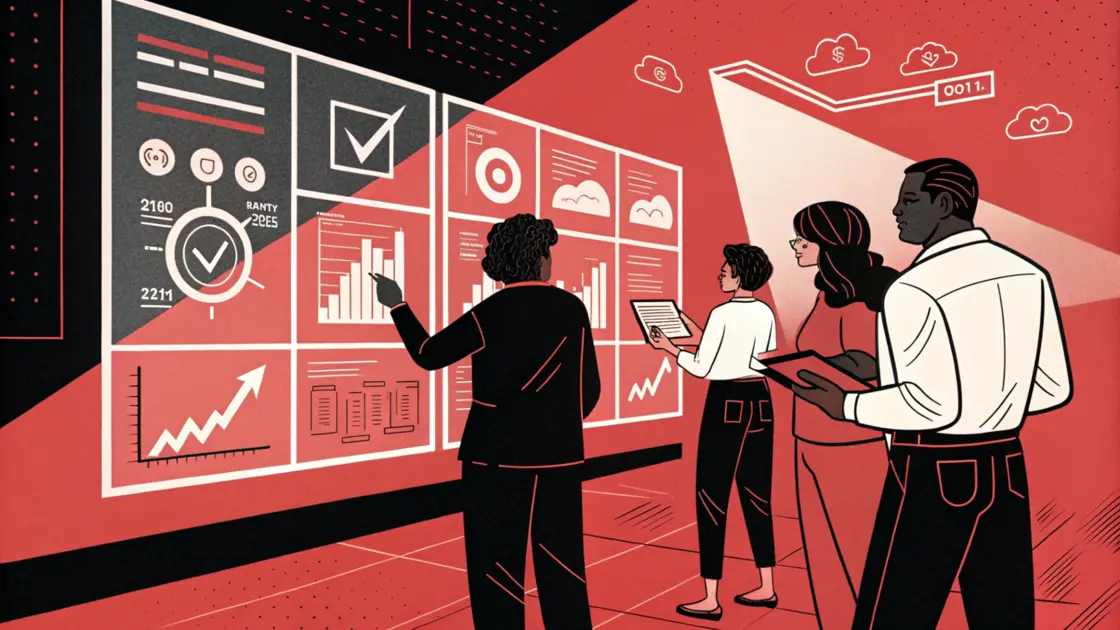
Code reviews might be so routine at your organization that you don’t question the how or why behind them. However, as Google software engineers points out, reviewing code is an art that requires finesse and creativity. If you feel like you’re treating code reviews as a mundane checkpoint in your day, this post will challenge you to think differently.
With thoughtful code review, you can not only debug and ensure code quality but also foster teamwork, security, and overall productivity. Here are some best practices to make code reviews more efficient and effective.
Great code translates into high-quality software. Code reviews are the gatekeepers between development and end product, helping to catch bugs early, enforce coding standards, and generate readable and maintainable code.
Identifying defects early in the development cycle can also cut costs. A bug that might cost $100 to fix in the planning stages could easily spiral into a $10,000 disaster in production due to the domino effect a bug can have on the software development lifecycle.
Code reviews also encourage knowledge sharing. As team members review each other’s work, they pick up new skills and better understand the codebase. This collaborative environment enhances the team's expertise and overall business continuity in case of employee turnover.
There is no “one size fits all” when it comes to code reviews, with different scenarios requiring specific types of reviews. Teams may use a combination of the techniques below, depending on the project.
If you think of code review as both an art and a science, then you’ll set your team up for success. The goal is to foster a culture where developers view code reviews as a positive addition to their routines, not a dreaded activity. Follow these best practices to get everyone aligned.
Reviewing more than 400 lines of code at once is overwhelming and may lead to missed issues. In fact, developers tend to be at their sharpest within the first 200 lines of code, after that, their ability to catch defects typically drops.

Good code is easy to read and maintain, making future modifications easier. Reviewers should check that variable names are meaningful, functions are concise, and comments are used wisely to explain complex logic.
Aim for respectful, objective feedback that improves the code and encourages learning without criticizing the developer. For instance, asking, “Would using X improve performance here?” is more tactful and constructive than bluntly stating, “This is wrong.”
Ensure the code follows the team’s style guides, formatting rules, and company best practices. Checking for proper indentation, naming conventions, and file organization should be standard practice.
Implement continuous integration and continuous deployment (CI/CD) to enable teams to merge changes frequently and automatically run tests. If all tests pass, the code is deployed to production. This approach helps teams catch problems early and release new features and fixes quickly and safely.
Use tools like SonarQube and Code Climate to automate repetitive checks, including style compliance, syntax validation, and security scans. This approach lets reviewers focus on more complex issues like logic errors and architectural decisions.
While functionality is essential, reviewers should also consider performance, security, and scalability. For instance, checking for efficient algorithms and secure authentication practices enhances the overall quality of the code.
Following the best practices above will help you instantly upgrade your code reviews. Equally important? Avoiding the missteps that can throw your reviews off track:
What metrics are important to track? Prioritize the following for effective code reviews:
These metrics provide insights into the team’s review process and help identify areas for improvement.
Security should always be a priority during code reviews. Reviewers must look for risks like SQL injections, hardcoded passwords, and weak authentication. Finding these issues early can prevent security breaches and other headaches down the line.
Static application security testing (SAST) can help identify areas vulnerable to attack, while dynamic application security testing (DAST) simulates a hacker’s perspective to find external threats. Reviewers should also prioritize security during code reviews, following best practices for authentication and encryption to keep the application safe from attacks.
With the right code review process, you can assemble a team that’s eager to collaborate and committed to continuous learning. To build this culture:
Code reviews are the foundation of quality, security, and maintainability. By adopting the best practices above, teams can boost productivity and establish a culture that welcomes feedback and professional growth.
As technology evolves, a strong code review culture will remain essential for delivering high-quality software solutions. You can lead the way by incorporating these strategies into your development workflow, starting today.













© 2025 Mario Lemes Medina. All Rights Reserved.